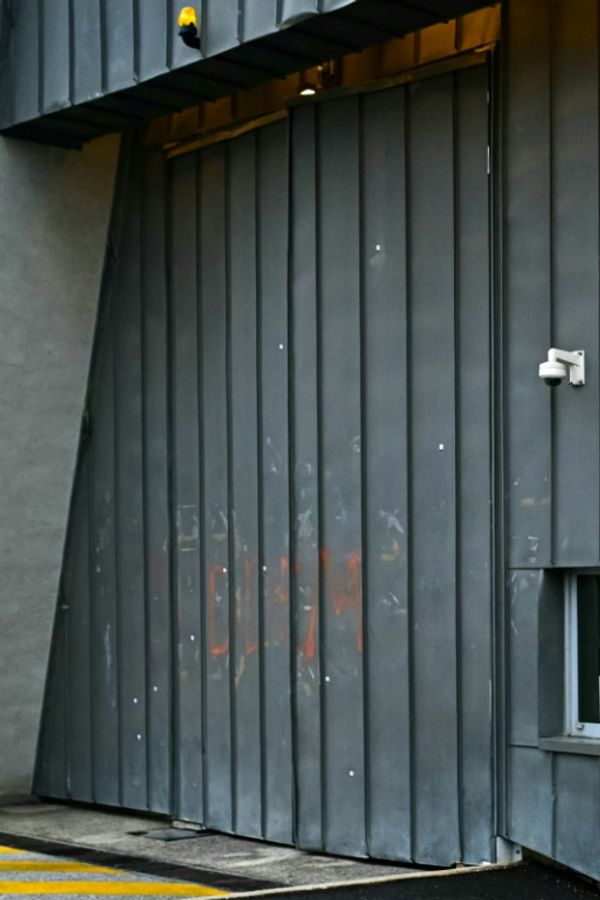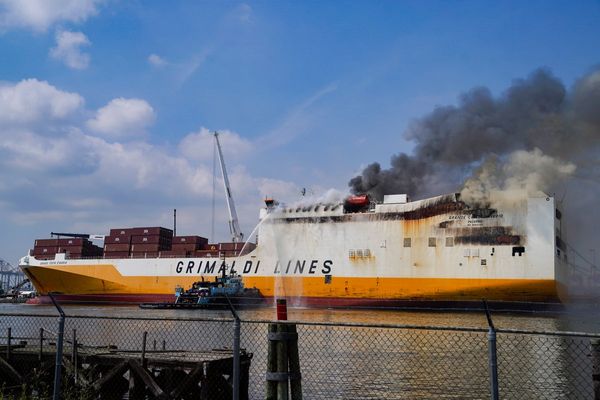
Hawaii's Mauna Loa began erupting on Nov. 27 for the first time in nearly four decades. Here are some facts about the volcano:
* The eruption began on Sunday Nov. 27 at about 11.30 p.m. local time, according to the U.S. Geological Survey (USGS), ending the longest period of quiet in the volcano's recorded history. It previously erupted in March and April of 1984.
* Hawaii officials say the 2022 eruption does not pose any threat to property, though unpleasant volcanic gases and fine ash may drift downslope.

* Mauna Loa is the largest active volcano on the planet, rising some 13,679 feet (4,169 meters) above the Pacific Ocean and dominating the Island of Hawai'i, also known as the Big Island.
* It is one of the youngest volcanoes in the Hawaiian chain, which has been formed by the Pacific tectonic plate dragging over a volcanic hotspot in the planet's crust. Geologists estimate that Mauna Loa first erupted on the sea floor between 600,000 and 1 million years ago, and emerged above sea level about 300,000 years ago.
* Mauna Loa has previously erupted 33 times since modern record-keeping began in 1843, according to the USGS.
* There have been no recorded fatalities caused by the volcano since record-keeping began, according to the USGS, but lava flows have damaged property or destroyed villages in the past.
* In the last eruption in 1984, lava crept within five miles (7 km) of Hilo, the largest settlement on the island, home to about 40,000 people.
* Volcanoes erupt when magma - formed from molten rock that rises from deep inside the Earth and collects in pools - pushes through cracks in the surface, releasing heat and pressure, according to the USGS.
* Worldwide, there are about 1,350 volcanoes with the potential to be active, of which 500 have erupted in recorded history, the USGS says. The eight Hawaiian islands are home to 15 volcanoes.
* A short distance downslope, Mauna Loa's younger and more active neighbor, Kilauea, has been erupting since September 2021. Both tend to erupt in a characteristically Hawaiian manner, with relatively gentle flows of lava, as opposed to explosive eruptions that throw rocks into the sky.
The 1980 eruption of Washington state's Mount St. Helens is an example of the explosive type of eruption.
(Compiled by Jonathan Allen; Editing by Bill Berkrot)







